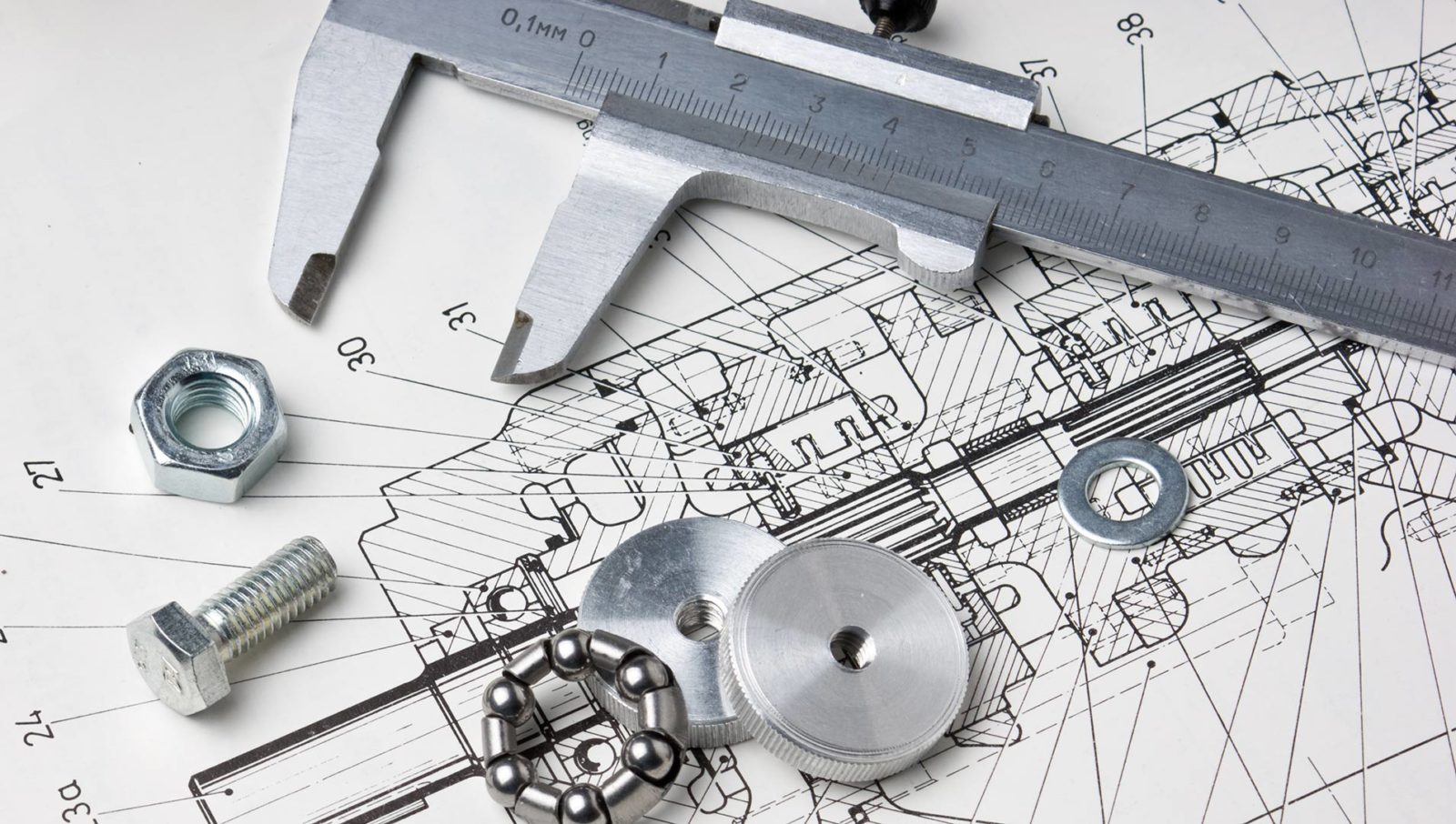Enhance Your Growth Refine: Engineering Support for Laying Out, Gauged Building Surveying, and Beyond
Enhance Your Growth Refine: Engineering Support for Laying Out, Gauged Building Surveying, and Beyond
Blog Article
Optimizing Land Usage Preparation With Comprehensive Evaluating Solutions
In the realm of land use preparation, the combination of thorough evaluating solutions stands as a pivotal tool in promoting informed sustainable and decision-making advancement techniques. By taking advantage of advanced innovations tailored for exact information collection and analysis, specialists in the field can browse complexities in website recognition, source appropriation, and ecological considerations with improved precision and effectiveness (Engineering surveys). The optimization of land usage preparing with checking solutions is not without its obstacles, triggering the expedition of ingenious methods to simplify procedures and extract useful insights for strategic development initiatives. As we delve deeper right into the detailed web of variables affecting land use, the relevance of comprehensive evaluating remedies becomes a keystone fit the landscapes of tomorrow.
Significance of Comprehensive Surveying Solutions

Comprehensive surveying services make it possible for organizers to evaluate the viability of land for different purposes, determine possible dangers or constraints, and layout sustainable growth strategies - Topographical Surveying. By including precise survey data right into land usage plans, authorities can make certain effective use resources, lessen ecological impact, and promote lasting financial development
Moreover, detailed checking solutions promote stakeholder engagement and collaboration by visualizing suggested land usage modifications and enabling for responses prior to application. This proactive approach enhances openness, fosters community trust, and eventually causes much more effective land use preparation results. Basically, the significance of detailed checking services can not be overstated in the realm of effective land use preparation.
Advanced Technologies for Land Use Preparation
Using sophisticated innovations improves the accuracy and effectiveness of land use planning procedures. Advanced innovations such as Geographic Details Systems (GIS), LiDAR (Light Discovery and Ranging), and remote sensing play a vital function in modern land usage planning. Topographical Surveying. GIS allows planners to assess spatial information, determine patterns, and make informed choices regarding land development. LiDAR technology offers highly precise altitude data, assisting in terrain modeling and flood threat assessment. Remote sensing, via satellites and drones, provides comprehensive imagery for checking land changes and evaluating environmental impacts.
In Addition, Structure Details Modeling (BIM) enables planners to create 3D designs of structures and facilities, facilitating far better visualization and planning of land usage jobs. Man-made Knowledge (AI) formulas can evaluate vast amounts of information to predict future land usage fads and optimize planning approaches. In addition, progressed evaluating equipment like drones equipped with high-resolution cams and LiDAR sensors can swiftly evaluate big areas with precision, lowering time and prices related to typical evaluating techniques. Including these sophisticated technologies right into land usage preparation processes can bring about even more sustainable and effective city development.
Conquering Challenges in Site Recognition

Moreover, contrasting passions among stakeholders, such as programmers, ecologists, and neighborhood neighborhoods, can make complex the site identification process. To browse this obstacle, coordinators must help with open interaction, cooperation, and settlement to reach agreement on the most effective land usage practices that line up with the requirements of all celebrations involved.
Moreover, regulatory hurdles, zoning constraints, and land make use go right here of policies can also hamper the site identification procedure. Planners require to remain upgraded on appropriate policies, involve with neighborhood authorities, and perform extensive research study to identify websites that meet all lawful demands and conformity standards. By proactively addressing these challenges, land use coordinators can improve the site recognition procedure and pave the way for effective land usage planning initiatives.
Taking Full Advantage Of Effectiveness With Checking Methods
Browsing the intricacies of site identification procedures effectively lays a foundation for making best use of effectiveness with strategic evaluating techniques in land use preparation. By using sophisticated surveying devices such as drones, GIS technology, and 3D laser scanning, land use coordinators can simplify the data collection procedure, resulting in even more exact site assessments and streamlined decision-making. These techniques allow planners to gather precise topographic details, determine environmental restraints, and examine land viability with higher rate and accuracy than conventional approaches.
Furthermore, incorporating evaluating strategies with Geographic Information Solution (GIS) enables for the reliable analysis and visualization of spatial data, assisting in the recognition of ideal land usage situations. Generally, the strategic use of surveying strategies enhances efficiency, accuracy, and partnership in land usage planning campaigns.
Decision-Making Insights for Advancement
For effective growth, gaining beneficial insights for decision-making is vital in the realm of land use preparation. Decision-making insights play an essential duty in forming the future of rural and city locations, making certain lasting growth and efficient Engineering surveys resource appropriation. Comprehensive evaluating solutions offer planners and programmers with the necessary information to make educated decisions that align with the long-term goals of an area.
By leveraging innovative surveying techniques such as airborne studies, GIS mapping, and 3D modeling, stakeholders can imagine the possible impact of growth tasks and analyze different situations before application. These insights make it possible for decision-makers to optimize land use, reduce environmental dangers, and boost overall task usefulness.
Moreover, data-driven decision-making supported by surveying remedies aids improve the preparation process, decrease uncertainties, and boost stakeholder self-confidence. By including accurate study information into the decision-making process, developers can determine possibilities, mitigate challenges, and eventually create lasting land use prepares that advantage both future and existing generations. Finally, decision-making insights stemmed from detailed evaluating remedies are crucial for driving impactful and successful advancement efforts.
Final Thought
Finally, enhancing land use planning with extensive evaluating solutions is essential for reliable and effective growth. By using sophisticated technologies and evaluating techniques, difficulties in website identification can be gotten over, leading to better decision-making insights. This technique optimizes performance and ensures that land sources are utilized in a sustainable and tactical way. It is vital for successful land usage planning and development projects.
In the world of land usage planning, the combination of detailed evaluating services stands as an essential instrument in cultivating notified decision-making and sustainable growth methods. In significance, the significance of detailed checking solutions can not be overemphasized in the world of efficient land use preparation.
By proactively dealing with these challenges, land use organizers can simplify the site recognition process and lead the way for effective land usage planning initiatives.
In general, the critical use of checking techniques improves efficiency, precision, and cooperation in land usage planning campaigns.
In conclusion, enhancing land use preparation with extensive evaluating options is essential for efficient and reliable development.
Report this page